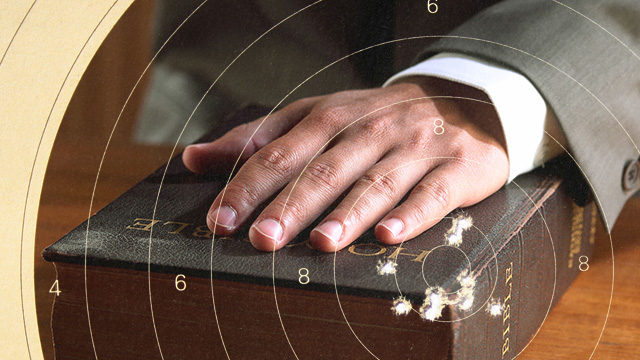
In a remarkable new post-trial motion, Samsung has laid out its strategy to get the $1.05 billion verdict against it kicked out. The boldest maneuver? A straightforward attack on the patent-owning jury foreman.
The Korean company hinted at this tactic in an earlier, redacted brief, but now it's been laid out in full, with more than a dozen exhibits attached showcasing Hogan's allegedly offending public statements. The company's lawyers have clearly had time now to comb through the multiple interviews foreman Velvin Hogan has offered since the trial in order to find the juiciest tidbits.
His legal misstatements have been picked apart by Samsung lawyers, who noted he said design patents are based on "look and feel," and that prior art must be "interchangeable" in order to invalidate a patent. "These incorrect and extraneous legal standards had no place in the jury room," wrote Samsung in its brief.
More significantly, the brief notes that Hogan disclosed being involved in only one lawsuit—failing to mention that he was sued by his former employer Seagate Technology, a company owned in part by Samsung. That lawsuit, which demanded Hogan pay back certain house payments that Seagate had assisted him with, ultimately caused Hogan and his wife to file for bankruptcy. "Mr. Hogan’s failure to disclose the Seagate suit raises issues of bias that Samsung should have been allowed to explore in questioning and that would have triggered a motion to strike for cause or a peremptory strike," write Samsung lawyers.
Samsung also suggests that Hogan didn't disclose how pro-patent he was when asked in court whether he had "strong feelings" about the US patent system. The new motion argues that Hogan's silence didn't sync up with his later statements to The Verge that "except for my family, it [jury service] was the high point of my career... you might even say my life," and that he wanted to be satisfied "that this trial was fair, and protected copyrights and intellectual property rights, no matter who they belonged to."
The company actually suggests that Hogan come back for an additional hearing with all the other jurors, because his "conduct during voir dire [jury selection] and jury deliberations must be fully examined." The only solution is a new trial, Samsung argues.
When asked yesterday about Samsung's new accusations of dishonesty, Hogan claimed he'd disclosed everything he should have. He told a Bloomberg reporter that the court's instructions required him to disclose litigation in the last 10 years, and he was sued by Seagate back in 1993. “Had I been asked an open-ended question with no time constraint, of course I would’ve disclosed that,” said Hogan, adding that “I answered every question the judge asked me... [Samsung] had every opportunity to question me."
In addition to the arguments about Hogan, Samsung has a lot of other post-trial arguments which seem pretty run-of-the-mill and probably have little chance of succeeding. For instance, Samsung argues that no reasonable jury could have found Apple's patents valid; but if the judge had seen a problem that big with Apple's case, she could have stopped the trial altogether.
Perhaps more realistically, Samsung also asks to sharply reduce the $1.05 billion in damages it has been slapped with. For example, Samsung argues the damages for design patent infringement should be dropped by more than 95%, since "just 5% of respondents to a J.D. Power study identify visual appeal as why they purchased a phone." Even on this front, though, Samsung's arguments are similar to ones already presented during trial.
reader comments
362